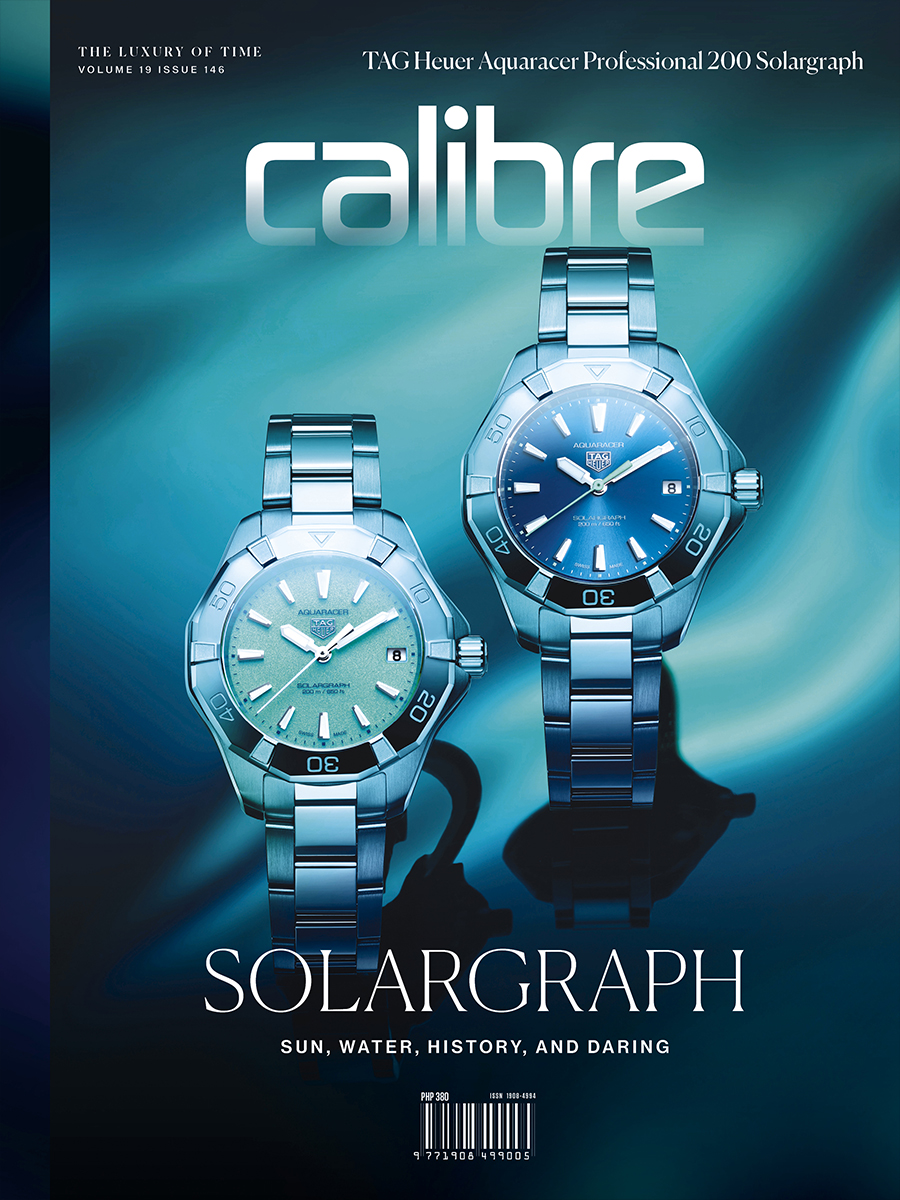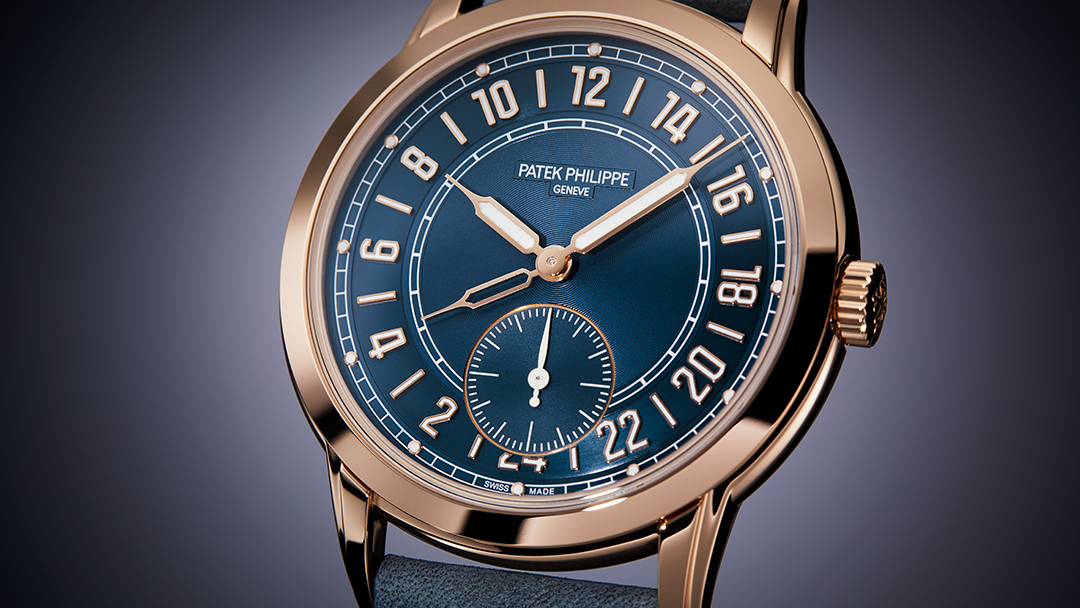In April, research institute CERN issued a press release detailing a proposal for a 25-hour day, based on more precise measurements of “anticaesium.” To be even more precise, that announcement was made on the 1st, an April Fool’s joke by the famously comedic Swiss scientists. So ingrained is the 24-hour day in modern society, across all cultures, that to even consider abandoning it seems ridiculous. The last great effort to revolutionize the representation of the time of day came, appropriately enough, during the French Revolution. Beginning in 1793, the French Republican Calendar used decimal time to divide each day into ten hours, which were subdivided into 100 minutes, which were subdivided into 100 seconds. Twelve years later, Napoleon Bonaparte would decree a return to the Gregorian calendar soon after he began his imperial reign, and clocks went back to normal.
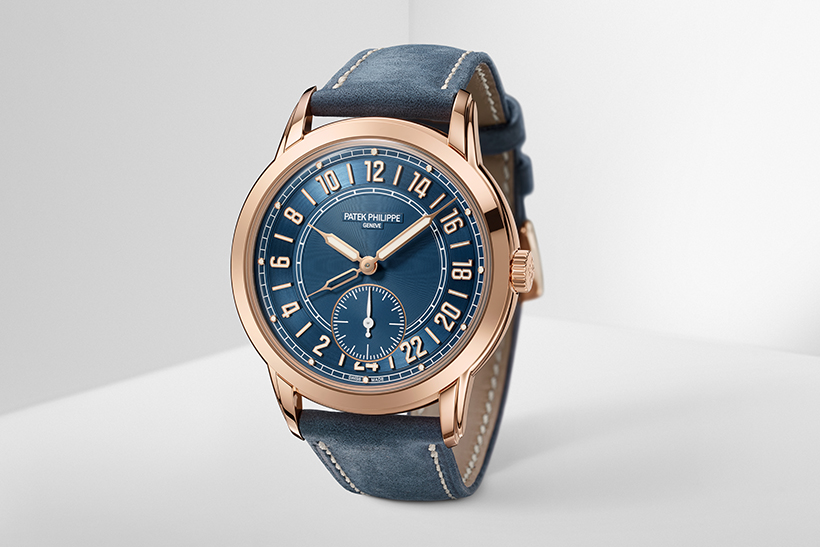
Just as the world has come to agree on a 24-hour day, splitting it into two 12-hour halves is a convention that has been similarly adopted by most. One notable exception is the traditional 6-hour clock (cycling four times a day) that was once commonly used in Indochina, though today only persists in Thailand. Half-days separated by noon make intuitive sense, as distinguishing the dividing line is astronomically easy: Look for the sun at its highest point in the sky. It is no surprise, then, that 12-hour clocks with the 12 up top are dominant. In contrast, the 24-hour dial remains an oddball among watch collectors. Other than the Breitling Navitimer Cosmonaute, the Glycine Airman, or some much cheaper Russian military models, there are very few watches with 24-hour dials that are familiar to all but a cult following of watch collectors. Patek Philippe intends to change this state of affairs.
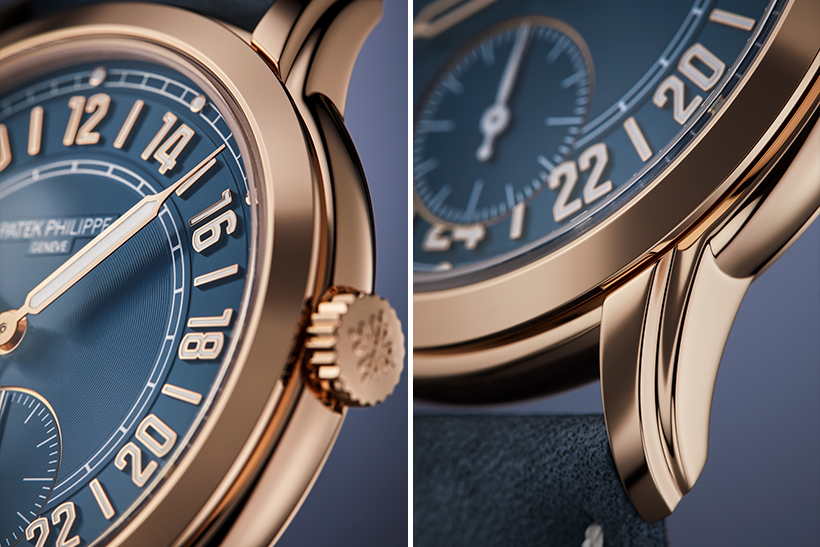
The Patek Philippe Calatrava 24-Hour Display Travel Time (ref. 5224R) takes a 24-hour dial, gives it a twist, and creates a new entry in its line of travel watches. To those unfamiliar with the manufacture’s model lines, it is useful to define what Patek Philippe considers to be “Travel Time”: Simply, it is a watch that can indicate two time zones, either via an extra hand with a 24-hour rotation, or an extra hand with a 12-hour rotation plus day/night indicators for both time zones. “Travel Time” also separates Patek Philippe from the more plebeian “GMT” label, which is hazily defined but generally accepted to mean the former i.e. fourth hand pointing to a 24-hour scale. On the 5224R, the brains in Geneva have simplified their jobs by ensuring that both the home and local time zones are expressed in relation to a 24-hour day.
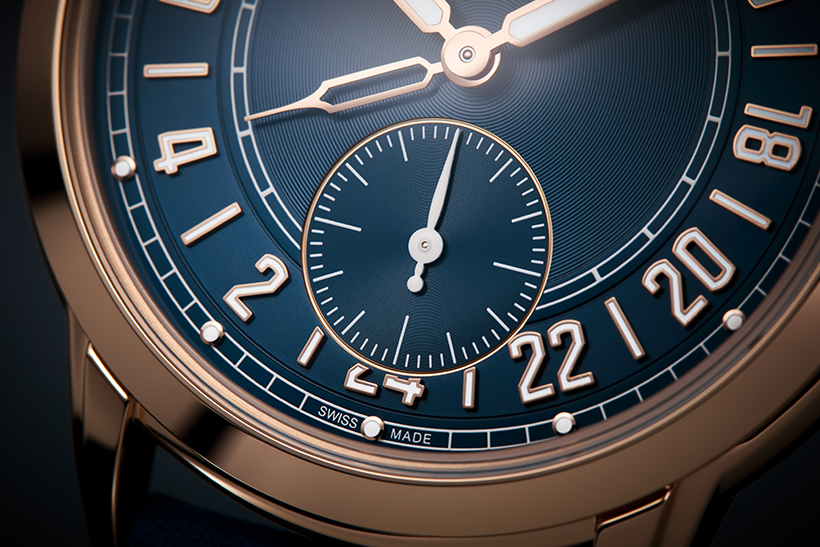
Given the breadth of information that it is meant to convey, the Calatrava 24-Hour’s rich navy blue dial is predictably big yet remarkably clean. Patek Philippe is often upbraided in social media for its sampler selection of typefaces and layouts, but it is hard to find anything that can be nitpicked here. This is a distinctly attractive dial from a company that has courted controversy on several recent releases. Even-numbered numerals are interspersed with batons and arrayed between two concentric circles. This area is called the annulus, and that will be the last time that this word is mentioned. The markers themselves are rendered in 18K rose gold, and painted with luminescent material. What sets the 5224R’s dial apart from its 24-hour predecessors is the orientation of said hours: Patek Philippe has taken the radical step of turning the world upside down and placing 12 noon up top. A “12” at the 12 o’clock position may appear blindingly obvious, but the majority of these watches have a “0” or a “24” at their dial’s peak.
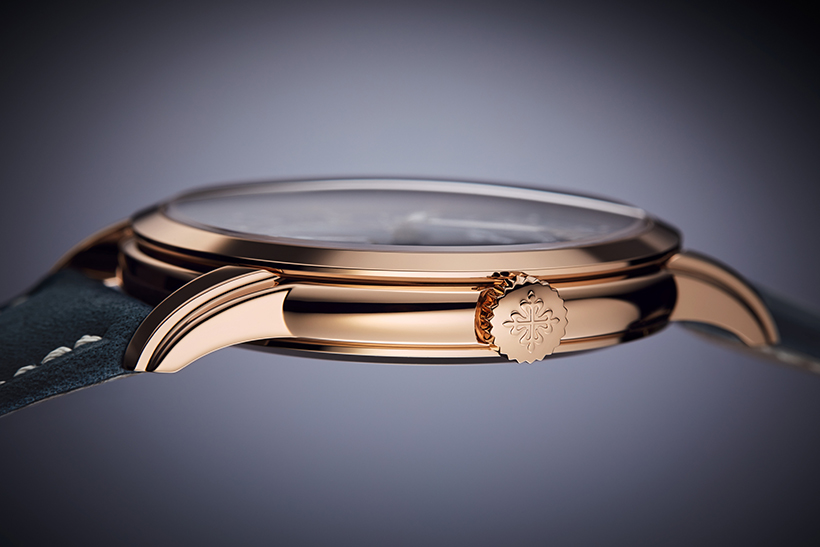
The cohesive design is continued on the rest of the dial. On the outermost ring is a minute track with metal pips marking every fifth minute. The inner circle is textured with concentric rings, extending outward toward a 24-hour track, which aids in the reading of the “home hour hand” (aka the GMT hand). The hands themselves are simple syringes in rose gold, each the correct length for reaching its respective track. Compared to the other hands, the home hour is slightly shorter and skeletal (i.e. unfilled with luminescent material), presumably so it can be more easily hidden behind the local hour hand should one want to stop tracking a second time zone. Above the center hand stack, there is a simple embossed label for “Patek Philippe Geneve.” Beneath the stack is a running-seconds counter with a fine rose gilt outline and a white gold sword hand painted white. This subdial overlaps the inner hour track and decapitates the “24” at the bottom. Clearly, there was a higher power protecting the “12”!
“Patek Philippe takes the 24-hour dial and gives it a twist — placing 12 noon up top to create this latest Travel Time.”
The clean design of the dial is more than matched by the cleanliness of the case. It is a traditional round case in rose gold, 42mm across and 9.85mm thick with nary a protrusion nor any texture to speak of. A Travel Time is often identified by the push-buttons that adjust the home hour hand, but on the 5224R those functions have been transferred to a 3-position crown. When pulled out by one detent, twisting the crown will move the home hour hand in one-hour increments. As a result, the smooth surfaces of its flanks remain unbroken. Perhaps the most interesting features on the case are stepped lugs that complement the dial’s aesthetics. They combine to add a whiff of Art Deco to this Calatrava and vertical stripes are slimming, after all. Flipping the case over reveals a large porthole that reveals this travel watch’s wandering heart.
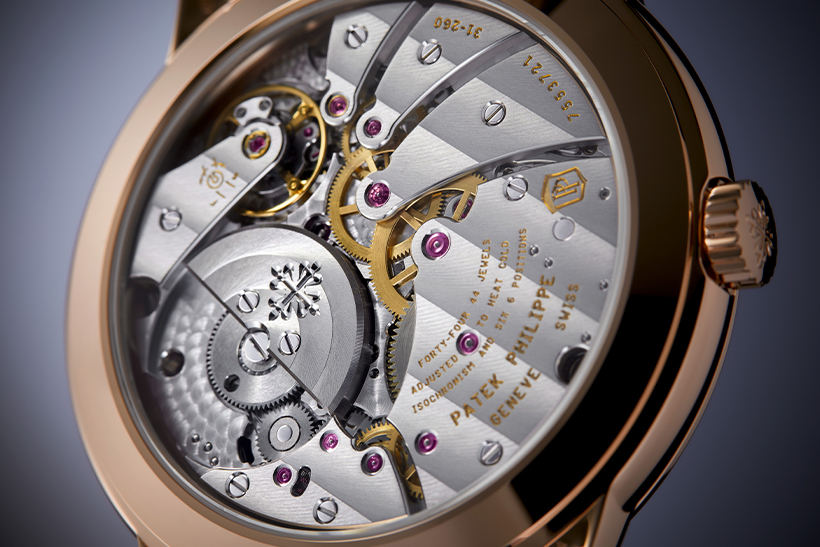
To provide the capabilities required by this 24-hour watch, a new movement beats within this Calatrava: Cal. 31-260 PS FUS 24H. A bit of a mouthful, perhaps, but it is consistent with Patek Philippe nomenclature: The caliber is 31mm (31.74mm, actually) in diameter, with a running-seconds subdial (PS), a dual time display (FUS), and 24 hours. In fact, this automatic movement is a modification of the Cal. 31-260 last seen on the ref. 5326G Annual Calendar Travel Time of 2022. This is arguably the most beautiful movement that Patek Philippe currently offers, bearing a strong resemblance to the manufacture’s own pocket watch movements from a century ago. The bridge, plates, wheels, and platinum microrotor are all on display, forming a pleasing arrangement of shapes that are finished and decorated to an extraordinary degree. The 5224R’s power reserve is modest, at 48 hours, which is wound down at a rate of 28,800 bph. Elsewhere on the technical front, Patek Philippe reuses three patents on parts that were first introduced on the 5326G. One reduces energy consumption, while the other two increase accuracy when setting the time or switching time zones. None is earth-shatteringly innovative, but all are definite nice-to-haves. At this price point, anyone operating the 5224R’s functions should not feel any sensation that is less than meticulously calibrated and luxuriously damped. Completing the package is a matching blue calfskin strap fastened with a rose gold tang buckle. This Calatrava blurs the line between a dress watch and a tool watch — at least, what Patek Philippe would consider a tool watch. The band’s contrasting white stitching and rough nubuck finish are perfectly judged to reflect that balance.
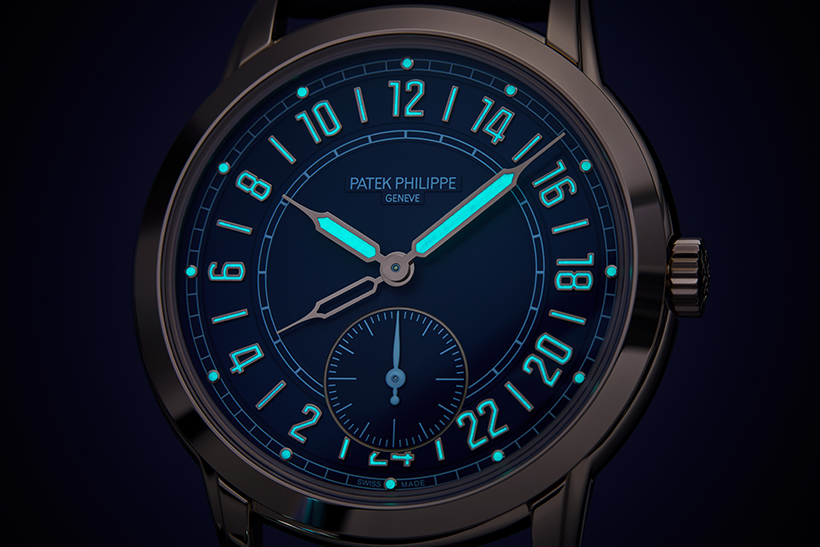
“The Calatrava 24-Hour Display Travel Time blurs the line between dress watch and tool watch — at least, what Patek Philippe would consider to be a tool watch.”
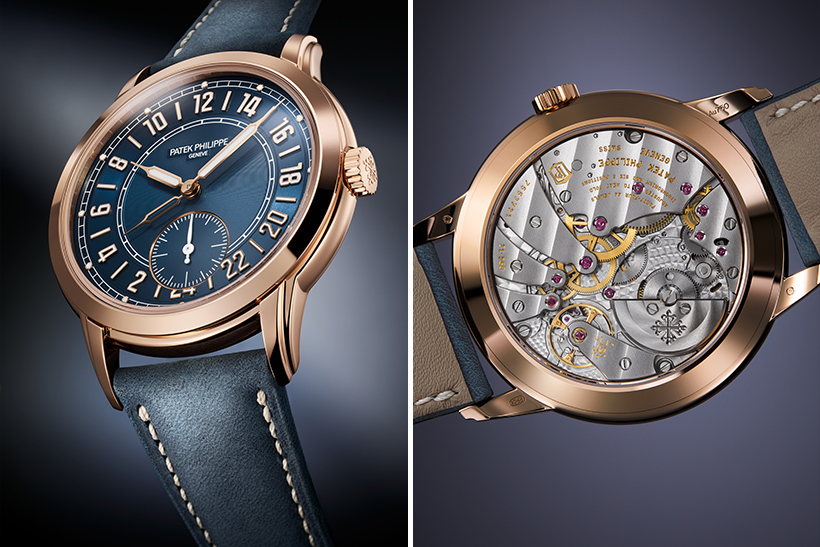
The Calatrava 24-Hour stands out at this year’s Watches and Wonders as a definite hit among Patek Philippe’s novelties. It has tremendous visual appeal, while doing something new and mechanically interesting. Will this be the watch that moves the 24-hour dial into the mainstream? At a retail price of CHF 48,500, no, of course not. But there is that long trickle down effect from dream watches to achievable goals, and the 5224R could be the harbinger of this unconventional layout’s slow journey toward widespread acceptance. One day at a time.

